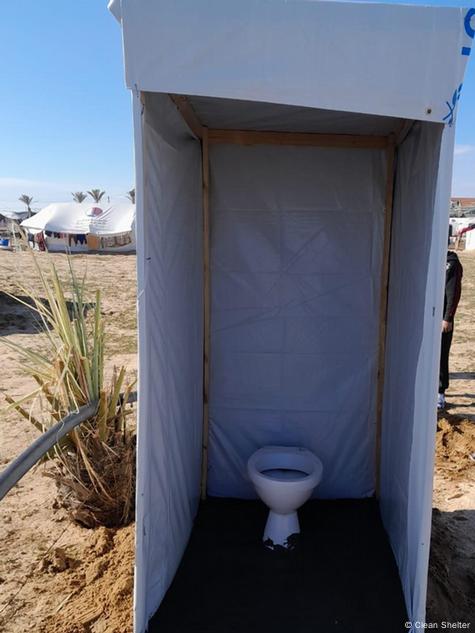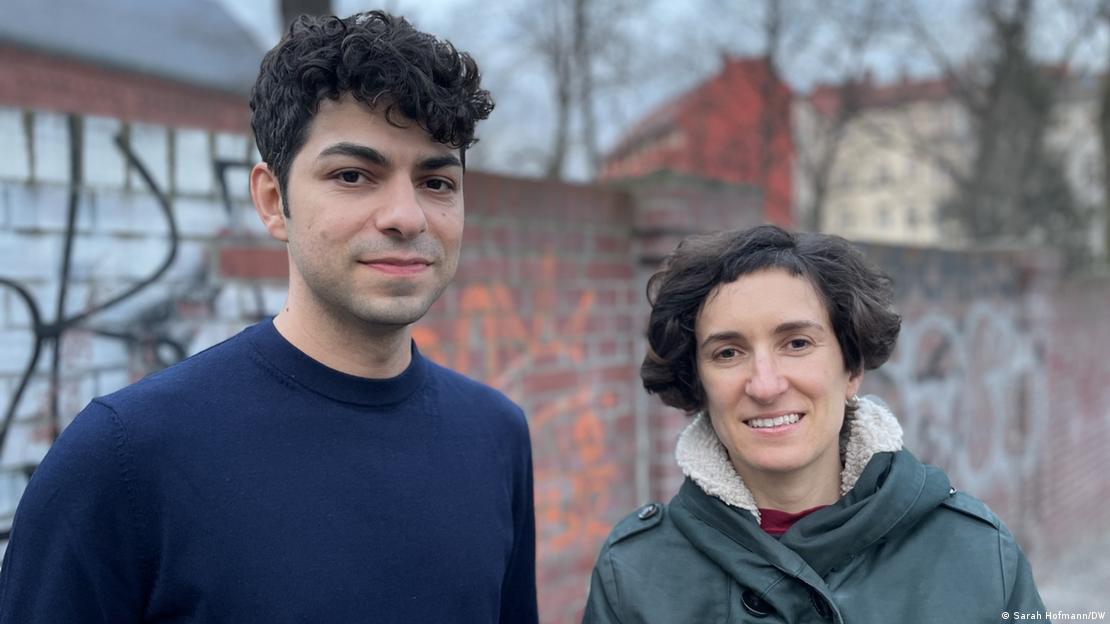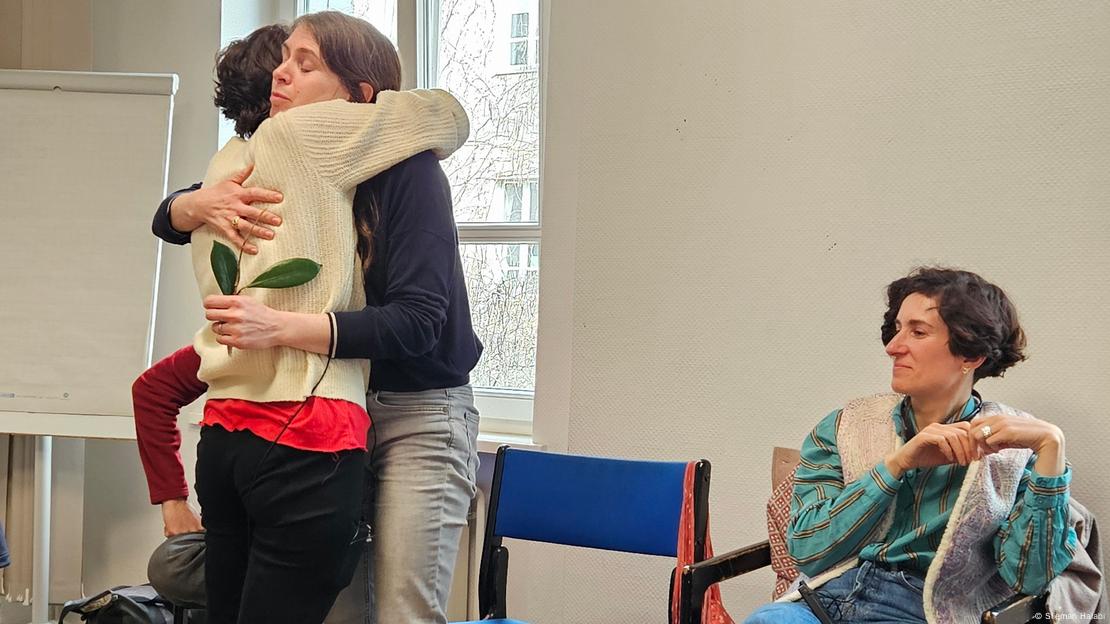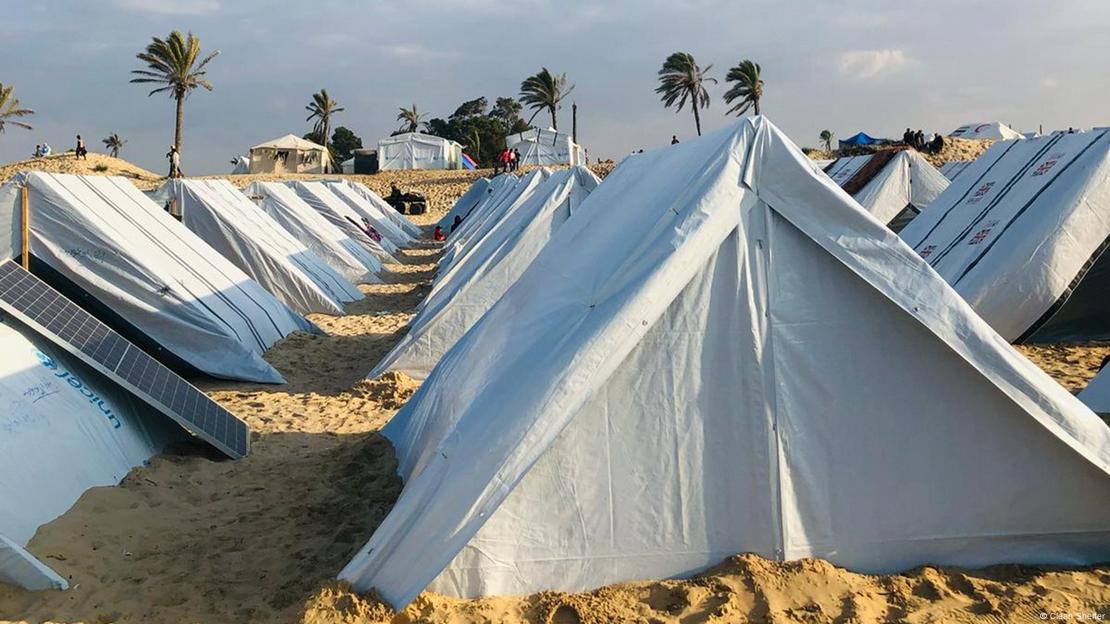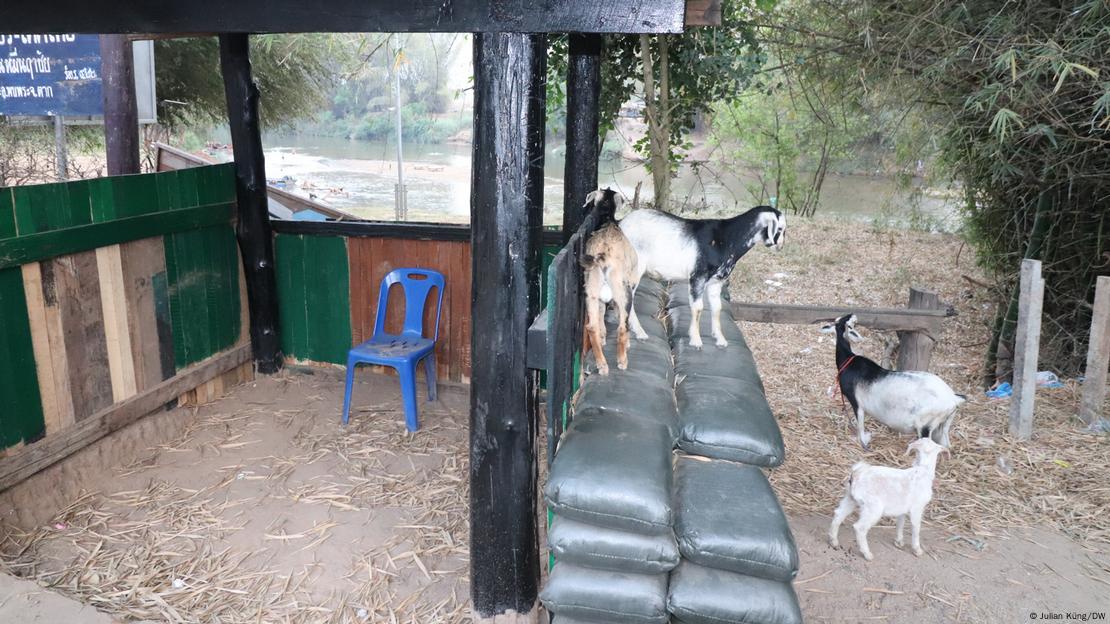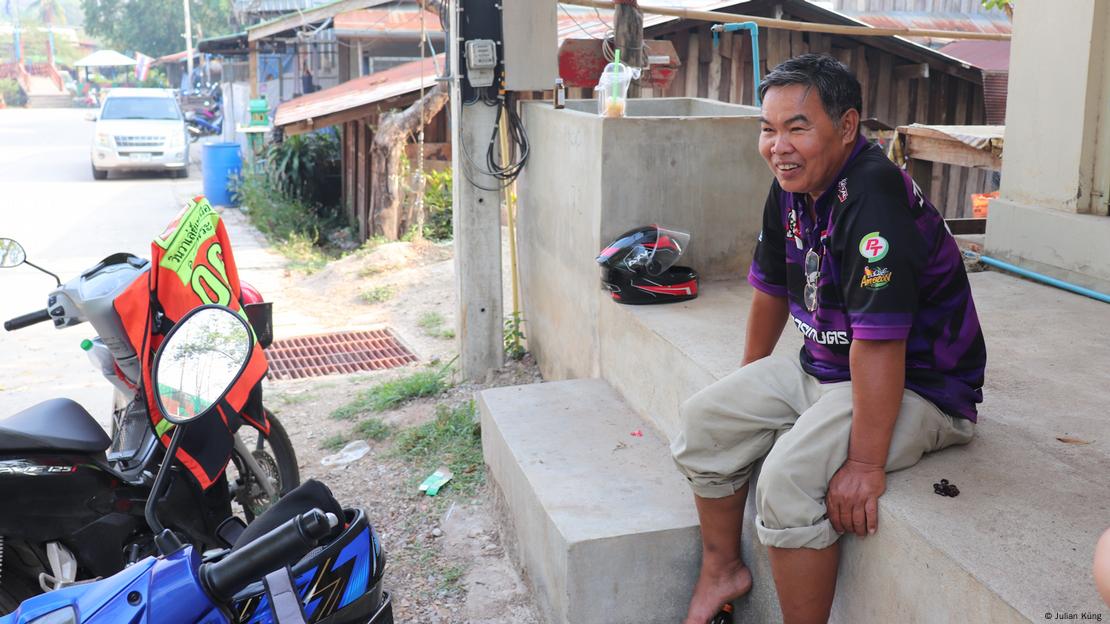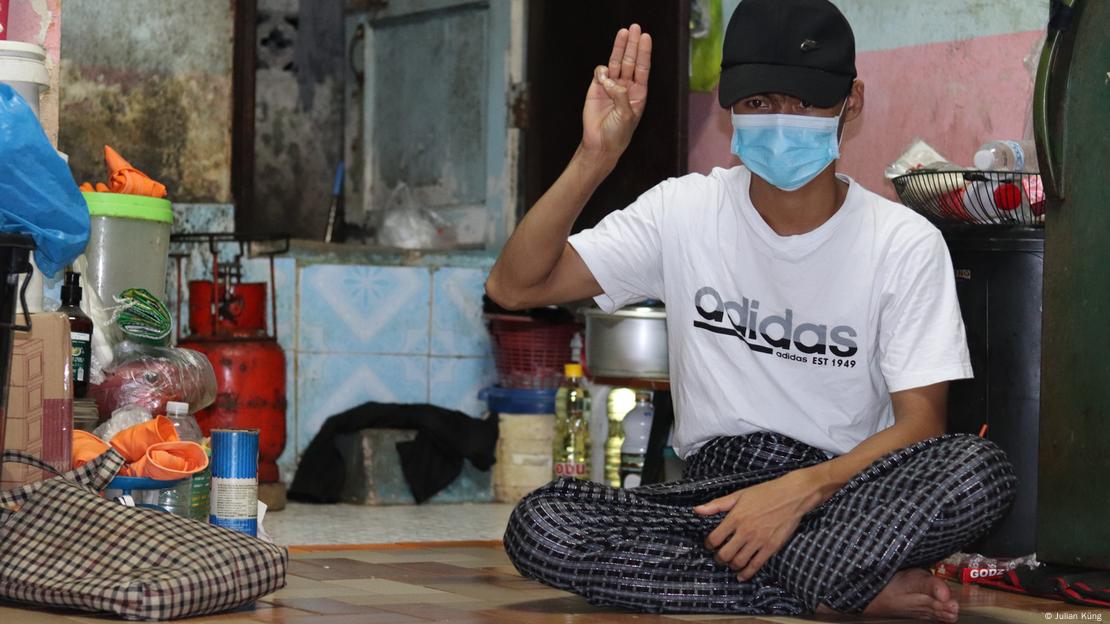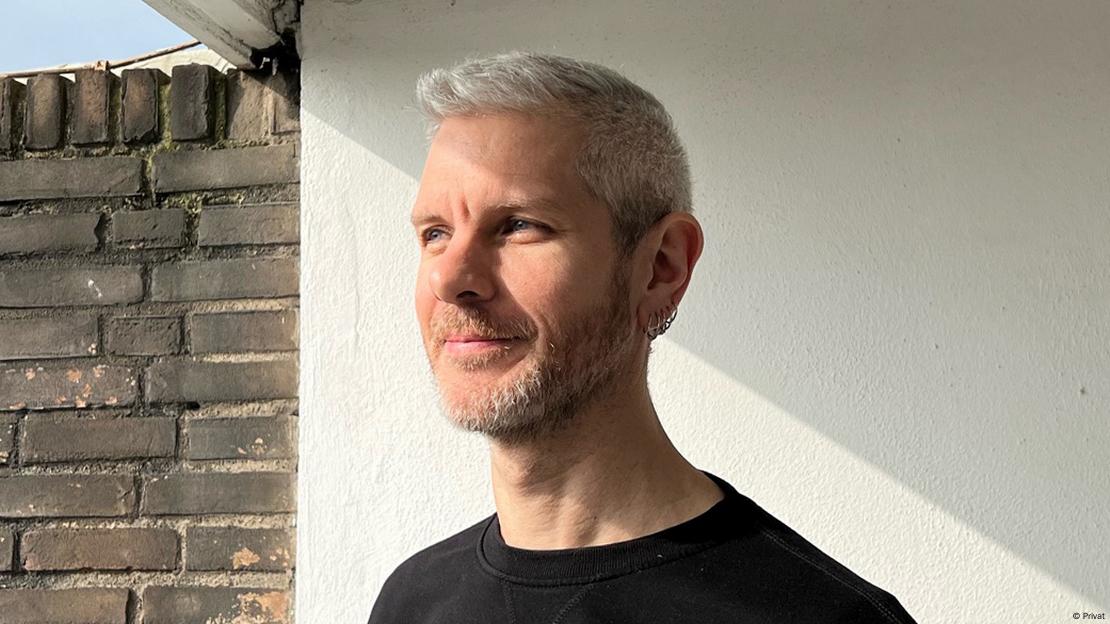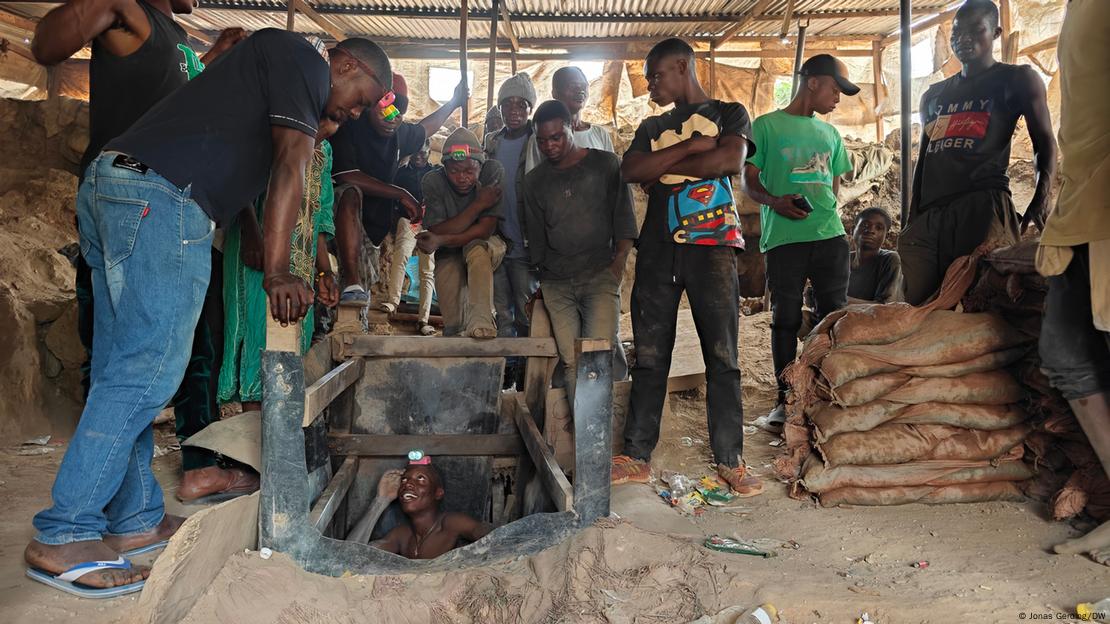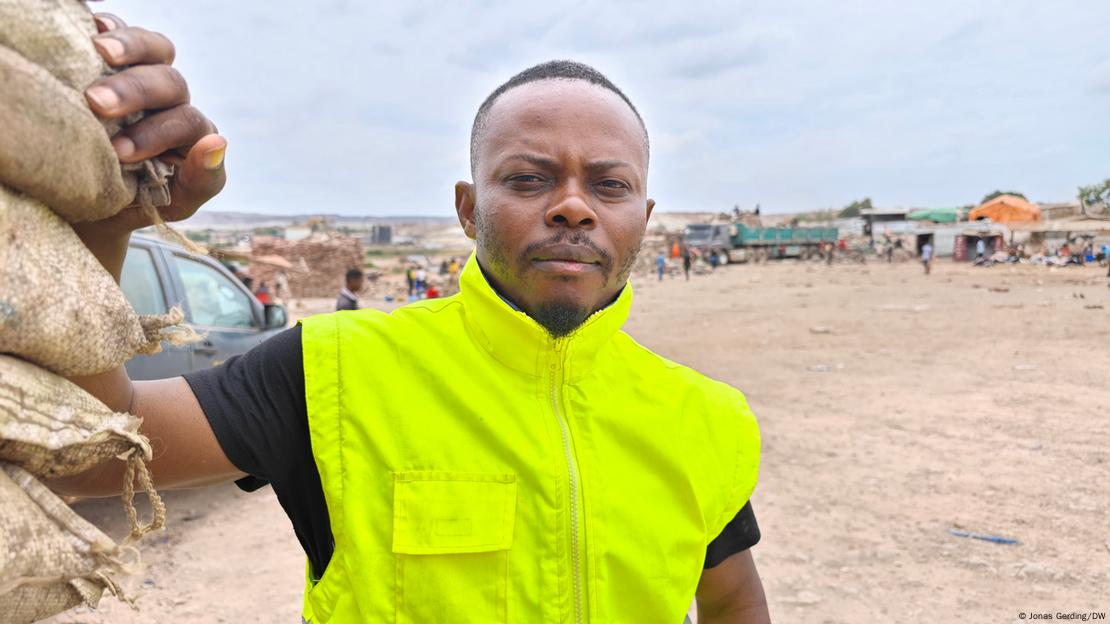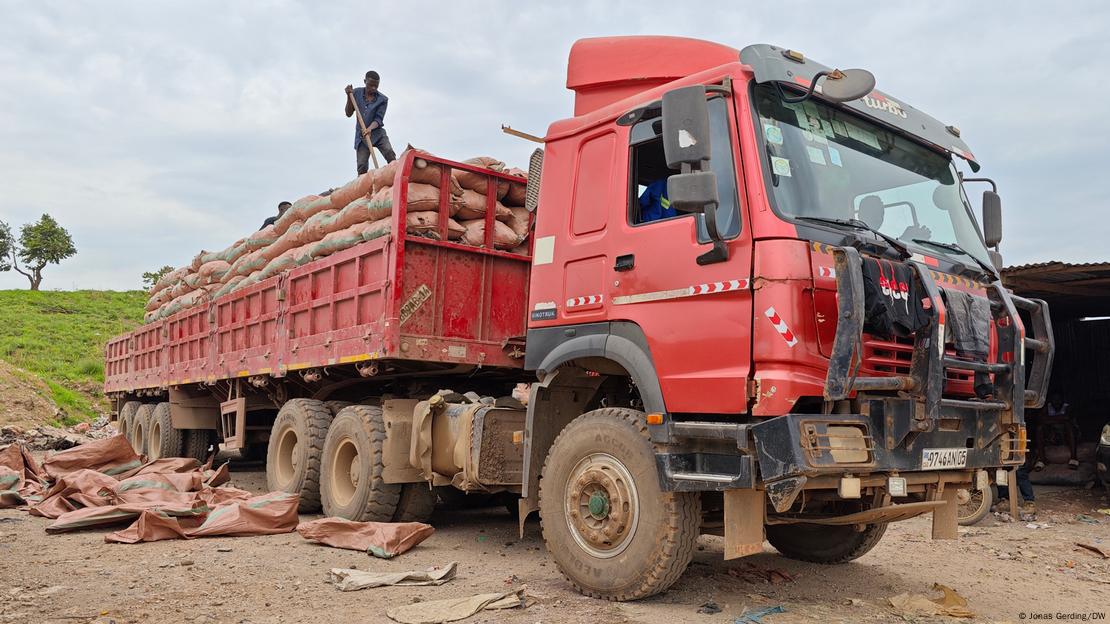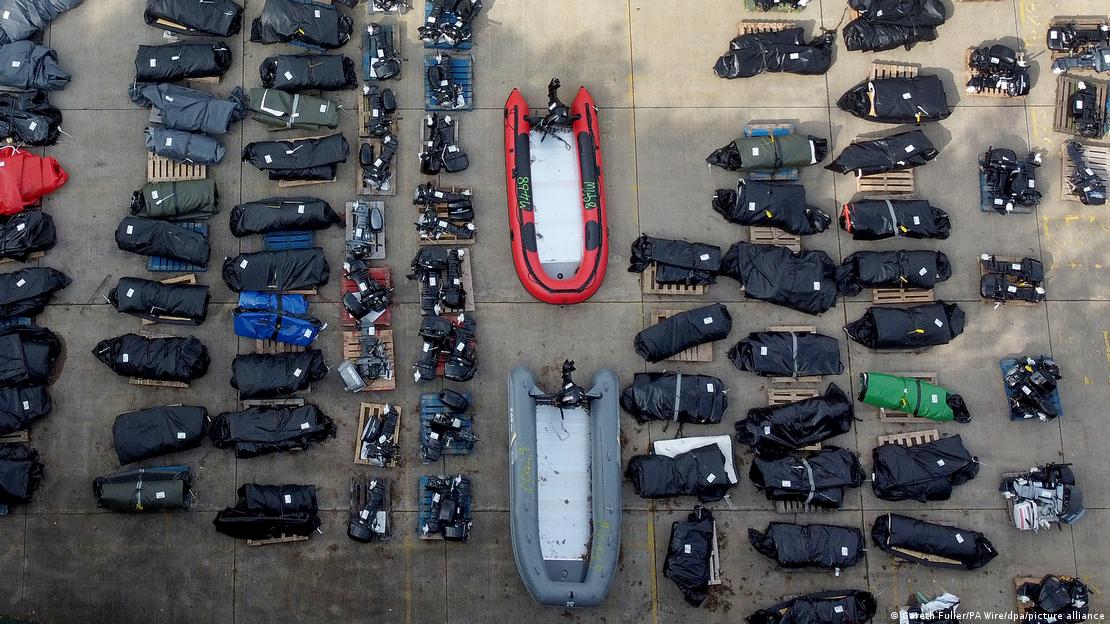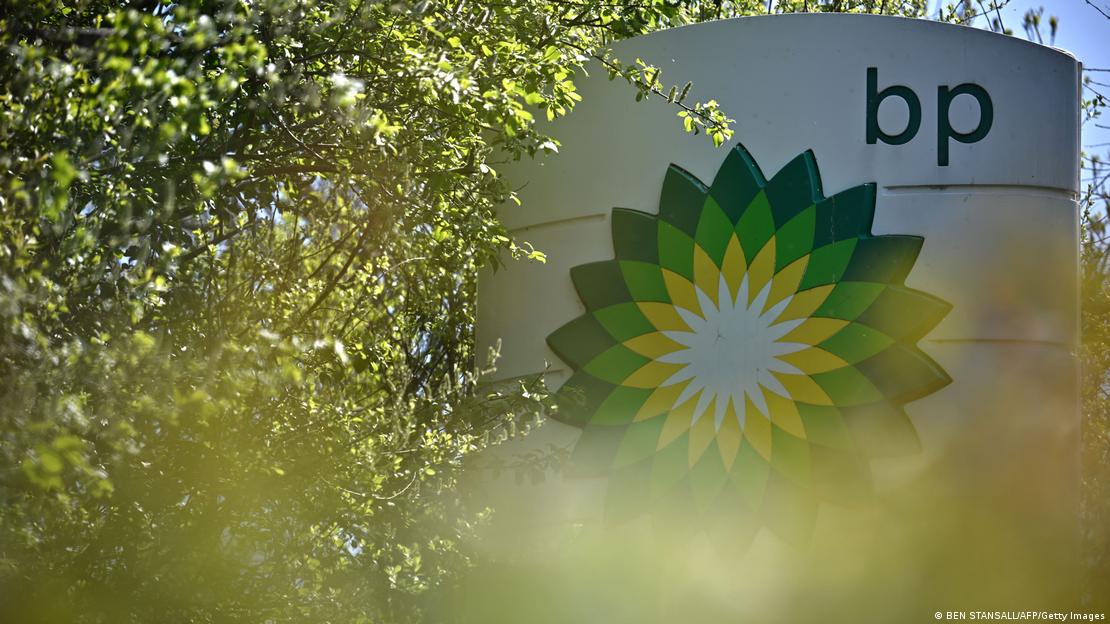ByDr. Tim Sandle
DIGITAL JOURNAL
March 20, 2024

Social media's X. — © AFP Daniel LEAL
As the U.S. considers a TikTok ban, do people want social media platforms regulated? A new poll indicates this is likely to be a “yes.” At least this is the case in the U.S., for Media.com polled more than 1,000 people in the U.S. and found that a little over half (51 percent) say social media companies should face more regulation, with 62 percent calling for legal accountability for misinformation. Media.com is a profile-based network which was started to help combat misinformation.
The survey was based on a poll taken of 1,005 respondents who lived across the U.S. and who were 18 or older. Each person was a social media user and had used one or more social media platforms completed the survey.
Additionally, 55 percent singled out Facebook as doing the poorest job of curbing misinformation (plus fake news), followed closely by TikTok and X/Twitter at 44 percent each. Respondents were also inclined to hold social media companies accountable for misinformation and hate speech.
When asked what changes social networks should make to address the challenge of misinformation, 57 percent of respondents said fact-checking all content. Moreover, 55 percent supported identity verification for all profiles to eliminate bots; and 42 percent favoured an automatic ban for those who spread false information.
Another area is with the forthcoming U.S. presidential election (a contest that looks likely to be a rematch between Biden and Trump). The study finds that 70 percent of social media users are moderately to extremely concerned that misinformation will impact the contest.
The worry about misinformation is often directed towards other people, since a majority of respondents (63 percent) said they feel confident in their ability to spot misinformation on social media.
Does this cognizance translate into practice? This is less certain since, when asked, some 60 percent said they had shared information they later found to be false. Moreover, when asked how misinformation impacts our lives, 68 percent of respondents said it causes confusion, 64 percent believe it undermines trust, and 60 percent feel it influences public opinion.
“Misinformation and fake profiles are eating away at trust and confidence which is critical to a functional society” said James Mawhinney, the CEO and Founder of the Media.com network says in a statement provided to Digital Journal.
Mawhinney adds: “These survey results show there is a very real concern about the impact of misinformation. It is particularly concerning considering the amount of time we spend consuming content from unverified sources.”
March 20, 2024

Social media's X. — © AFP Daniel LEAL
As the U.S. considers a TikTok ban, do people want social media platforms regulated? A new poll indicates this is likely to be a “yes.” At least this is the case in the U.S., for Media.com polled more than 1,000 people in the U.S. and found that a little over half (51 percent) say social media companies should face more regulation, with 62 percent calling for legal accountability for misinformation. Media.com is a profile-based network which was started to help combat misinformation.
The survey was based on a poll taken of 1,005 respondents who lived across the U.S. and who were 18 or older. Each person was a social media user and had used one or more social media platforms completed the survey.
Additionally, 55 percent singled out Facebook as doing the poorest job of curbing misinformation (plus fake news), followed closely by TikTok and X/Twitter at 44 percent each. Respondents were also inclined to hold social media companies accountable for misinformation and hate speech.
When asked what changes social networks should make to address the challenge of misinformation, 57 percent of respondents said fact-checking all content. Moreover, 55 percent supported identity verification for all profiles to eliminate bots; and 42 percent favoured an automatic ban for those who spread false information.
Another area is with the forthcoming U.S. presidential election (a contest that looks likely to be a rematch between Biden and Trump). The study finds that 70 percent of social media users are moderately to extremely concerned that misinformation will impact the contest.
The worry about misinformation is often directed towards other people, since a majority of respondents (63 percent) said they feel confident in their ability to spot misinformation on social media.
Does this cognizance translate into practice? This is less certain since, when asked, some 60 percent said they had shared information they later found to be false. Moreover, when asked how misinformation impacts our lives, 68 percent of respondents said it causes confusion, 64 percent believe it undermines trust, and 60 percent feel it influences public opinion.
“Misinformation and fake profiles are eating away at trust and confidence which is critical to a functional society” said James Mawhinney, the CEO and Founder of the Media.com network says in a statement provided to Digital Journal.
Mawhinney adds: “These survey results show there is a very real concern about the impact of misinformation. It is particularly concerning considering the amount of time we spend consuming content from unverified sources.”
Op-Ed: Alien necrophiliacs prefer conspiracy theorists — Denial of Sentience plague
By Paul Wallis
DIGITAL JOURNAL
March 18, 2024

Image courtesy Pexels
We can forget about denial-of-service attacks. Conspiracies are denial of sentience. QAnon is gone, but any babble is faithfully turned into a fact by publication.
It’s taken this many years since 2016, but the conspiracy cretins have got distribution at last. The banal financially incentivized TikTok conspiracy theories are just appetizers.
If you search “conspiracy” on Google, there is literally no end to the stories. There doesn’t seem to be a bottom to the page.
The long-term effects of conspiracy theories are becoming apparent. It’s been normalized. You can accuse anyone of anything, and some fool will believe it. A couple of years ago a butterfly sanctuary was shut down for staff safety by far-right conspiracy theories. There is no possibility of innocence in conspiracy theories. Even the butterflies were guilty.
According to TIME magazine, conspiracy theories are useful for feeling good about yourself. During American election years, they’re worse. Since 2008, it’s got much worse.
Typically, the media are playing up how effective this utter drivel is in political terms. According to The New York Times claims of censorship have prevented stopping lies about election rigging, etc. Elon Musk’s X has added fuel by allowing previously blocked posts. X is now lower than Snapchat in user numbers, but it contributes to the fluff online.
The other fountain of reason, FOX News, has surprisingly few viewers, (according to Statista viewership is 1,899,000 out of a population of 340 million presumably not including subsidiaries) but a very high profile. FOX, despite losing most of its right-wing luminaries, maintains its flagship status for the right.
Fortunately for every moron on the planet, AI and bots have taken up the slack in the sacred cause of useless spam posts. Politics as we know it can continue in the knowledge that AI trolls can do the hard work.
Conspiracy theories have a basic structure:
They must relate to a person or subject in the public eye.
They must contain simply targeted accusations of illegality, immorality, etc.
They must have attention-getting value to whoever pays for them, preferably political and related to other conspiracy theories.
They must include baseless information and more nouns and adjectives than verbs.
The distribution network must include a targeted population of information skanks who like getting sued.
Expressions of horror and outrage by people with pseudo-religious affiliations should fill the comments threads.
Therefore:
Alien Corrupt Democrat Pervert Necrophiliacs in Sexual Orgy at Congress church service
“They stole my solid gold picture of Saint Donald, says heartbroken white middle-aged statistic.”
It has everything. It has credibility. It has recognizable trigger words. It even has the ridiculous bot-style capitalizations. The format alone will get instant acceptance from publishers who refuse to admit that words might have meanings.
Wanna buy some ignorance? You’re in luck.
________________________________________________________
Disclaimer
The opinions expressed in this Op-Ed are those of the author. They do not purport to reflect the opinions or views of the Digital Journal or its members.

WRITTEN BYPaul Wallis
Editor-at-Large based in Sydney, Australia
By Paul Wallis
DIGITAL JOURNAL
March 18, 2024

Image courtesy Pexels
We can forget about denial-of-service attacks. Conspiracies are denial of sentience. QAnon is gone, but any babble is faithfully turned into a fact by publication.
It’s taken this many years since 2016, but the conspiracy cretins have got distribution at last. The banal financially incentivized TikTok conspiracy theories are just appetizers.
If you search “conspiracy” on Google, there is literally no end to the stories. There doesn’t seem to be a bottom to the page.
The long-term effects of conspiracy theories are becoming apparent. It’s been normalized. You can accuse anyone of anything, and some fool will believe it. A couple of years ago a butterfly sanctuary was shut down for staff safety by far-right conspiracy theories. There is no possibility of innocence in conspiracy theories. Even the butterflies were guilty.
According to TIME magazine, conspiracy theories are useful for feeling good about yourself. During American election years, they’re worse. Since 2008, it’s got much worse.
Typically, the media are playing up how effective this utter drivel is in political terms. According to The New York Times claims of censorship have prevented stopping lies about election rigging, etc. Elon Musk’s X has added fuel by allowing previously blocked posts. X is now lower than Snapchat in user numbers, but it contributes to the fluff online.
The other fountain of reason, FOX News, has surprisingly few viewers, (according to Statista viewership is 1,899,000 out of a population of 340 million presumably not including subsidiaries) but a very high profile. FOX, despite losing most of its right-wing luminaries, maintains its flagship status for the right.
Fortunately for every moron on the planet, AI and bots have taken up the slack in the sacred cause of useless spam posts. Politics as we know it can continue in the knowledge that AI trolls can do the hard work.
Conspiracy theories have a basic structure:
They must relate to a person or subject in the public eye.
They must contain simply targeted accusations of illegality, immorality, etc.
They must have attention-getting value to whoever pays for them, preferably political and related to other conspiracy theories.
They must include baseless information and more nouns and adjectives than verbs.
The distribution network must include a targeted population of information skanks who like getting sued.
Expressions of horror and outrage by people with pseudo-religious affiliations should fill the comments threads.
Therefore:
Alien Corrupt Democrat Pervert Necrophiliacs in Sexual Orgy at Congress church service
“They stole my solid gold picture of Saint Donald, says heartbroken white middle-aged statistic.”
It has everything. It has credibility. It has recognizable trigger words. It even has the ridiculous bot-style capitalizations. The format alone will get instant acceptance from publishers who refuse to admit that words might have meanings.
Wanna buy some ignorance? You’re in luck.
________________________________________________________
Disclaimer
The opinions expressed in this Op-Ed are those of the author. They do not purport to reflect the opinions or views of the Digital Journal or its members.

WRITTEN BYPaul Wallis
Editor-at-Large based in Sydney, Australia


